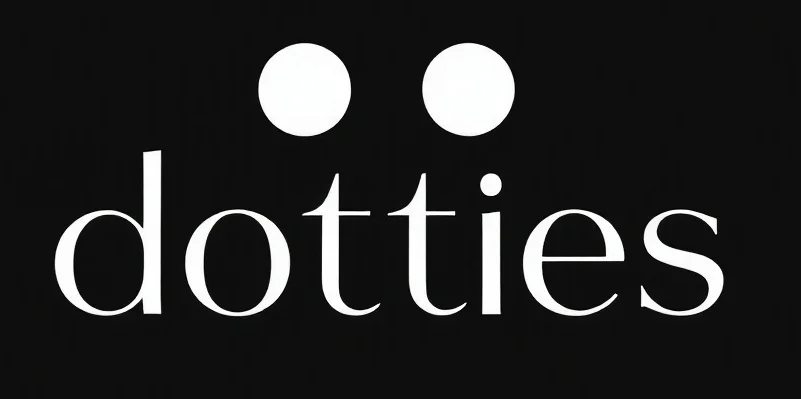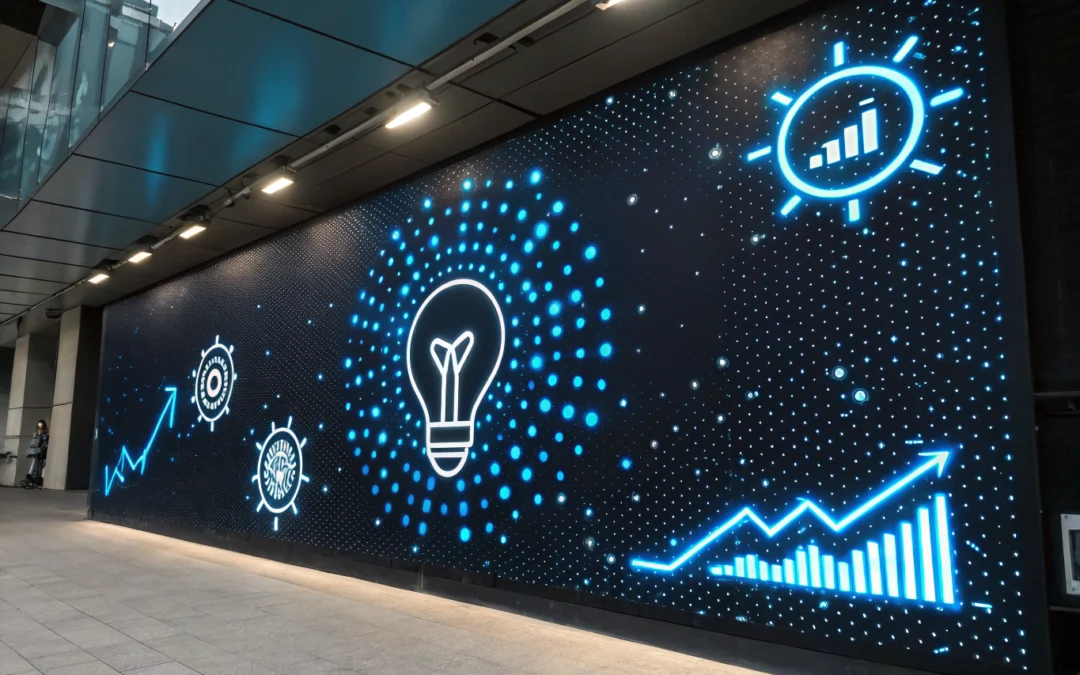Understanding RenderNet AI: The New Intern in the Creative Department
Imagine you’re running a film studio, and your latest blockbuster needs stunning visual effects. But instead of hiring a full team of artists, you bring in RenderNet AI. This Artificial Intelligence system, as rendernet ai explains, is a tool designed to enhance creativity by generating realistic images and animations. Is it magic? No. It’s more like having an intern with an impressive skill set who sometimes needs guidance.
The Role of RenderNet AI
RenderNet AI is not a sorcerer of digital art. It’s a sophisticated tool that learns from vast datasets to produce visual content. Think of it as a digital apprentice, absorbing techniques from millions of images. But like any apprentice, it occasionally makes questionable choices—turning out images that are, well, a bit off. It’s not a flaw; it’s part of the learning process.
AI in the Creative Process
Incorporating AI into the creative workflow can be akin to having an AI-powered paintbrush. It offers new possibilities and efficiencies, but the artist’s hand is still necessary. AI can suggest ideas, draft designs, and even complete repetitive tasks, but the vision—the essence of creativity—remains human.
RenderNet AI isn’t about replacing artists; it’s about enhancing their capabilities. For studios looking for an alternative to Canva, It offers more specialized tools for generating complex, realistic visual effects. By handling the grunt work, it frees up human creatives to focus on what they do best: innovate, conceptualize, and bring ideas to life. This collaboration between human and machine is where the true potential lies.
Addressing the Challenges
Of course, challenges exist. RenderNet AI, like many Artificial Intelligence systems, can sometimes lack the subtlety of human intuition. It doesn’t always get the nuances right. But that’s where the human touch comes in. A good artist can guide RenderNet AI, tweaking its outputs and steering it towards the desired outcome. It’s a dance—a partnership that can yield incredible results when done well.
Why RenderNet AI Stands Out in the AI Image Generation Space
RenderNet AI isn’t just another character render tool. It’s designed to deliver consistent, high-quality results using advanced features tailored for creators, developers, and visual storytellers. Here’s what makes it different and how users can make the most of its capabilities.
Distinct Features That Set RenderNet AI Apart
RenderNet AI has carved a name for itself by addressing some common limitations in AI-generated visuals. These features help it lead the pack:
- Facial Consistency: One major advantage of RenderNet is its ability to maintain facial features across multiple images. This is crucial for creators working on long-form projects like animations or comics.
- Advanced Prompt Control: With built-in support for ControlNet and FaceLock, users can fine-tune character positioning and ensure precise detail retention.
- Versatile Output Options: From stylized illustrations to hyper-realistic renders, RenderNet AI can adapt to various aesthetic demands without losing detail or quality.
- Integration Flexibility: RenderNet supports workflows for digital art, game design, and content creation, making it a powerful ally for creative professionals.
Tips and Best Practices for Using RenderNet AI Effectively
To get the most out of RenderNet, it’s important to understand its strengths and how to use its tools efficiently. Here are a few practical tips:
- Use Consistent Character Prompts: When aiming for a series of images, keep your prompt structure consistent to preserve style and facial attributes.
- Leverage FaceLock for Identity Stability: This feature ensures that your character looks the same across different poses and lighting conditions—ideal for storytelling.
- Explore RenderNet Pricing Tiers: Depending on your frequency and output needs, choose a RenderNet AI pricing plan that fits your workflow. Some features and speed tiers may vary by plan.
- Try Image-to-Image Mode for Refinement: This mode helps when you want to iterate on a specific look. Upload a base render and fine-tune from there.
RenderNet vs Rendered AI: A Brief Comparison
While both tools cater to creators, RenderNet emphasizes identity consistency and high-end control options. Rendered AI, in contrast, often leans into broader data generation for machine learning, making RenderNet a better choice for artists and content developers focusing on character render quality.
| Feature/Aspect | RenderNet | Rendered AI |
|---|---|---|
| Primary Focus | High-quality character render generation with identity consistency | Synthetic data generation for AI and machine learning models |
| Use Case | Visual storytelling, game design, digital art, and character rendering | Training data creation for computer vision, robotics, and ML applications |
| User Type | Artists, animators, game developers, content creators | AI researchers, developers, data scientists |
| Character Consistency | Advanced tools like FaceLock and ControlNet maintain consistent visuals | Not a core focus; more emphasis on variety and data output |
| Customization Level | High—precise prompt control and visual refinement options | Medium—focused on data diversity and annotation tools |
| Output Style | Photorealistic and stylized renders | Labelled datasets and synthetic image sets |
| Pricing Transparency | Clear RenderNet pricing tiers for creative workflows | Often custom pricing based on enterprise or data volume needs |
| Strengths | Realistic character renders, identity retention, creative flexibility | Automated data pipelines, scalable ML dataset generation |
| Best For | Projects needing visual continuity and storytelling | Projects requiring synthetic data for training AI models |
Actionable Recommendations for Businesses
- Integrate RenderNet AI in phases: Start small, perhaps with specific tasks or projects, to understand its strengths and weaknesses within your specific context. For businesses on a budget, RenderNet AI can also serve as a free Canva alternative for creating visuals at scale, especially when exploring Artificial Intelligence-powered efficiencies.
- Maintain a human-centered approach: Ensure that your creative team is equipped to interact with RenderNet AI, enhancing the machine’s output with human creativity.
- Invest in training: Provide your team with the necessary skills to effectively utilize RenderNet AI, maximizing its potential while minimizing its limitations.
- Regularly review and adapt: As with any tool, continual assessment and adaptation are crucial to ensure that RenderNet AI remains a valuable asset to your creative processes.
In the grand scheme of things, tools like RenderNet AI are just that—tools. They hold immense potential, but their true power is unlocked through collaboration with human expertise. Embrace them not as replacements, but as partners in creativity.
Checkout ProductScope AI’s Studio (and get 200 free studio credits)

